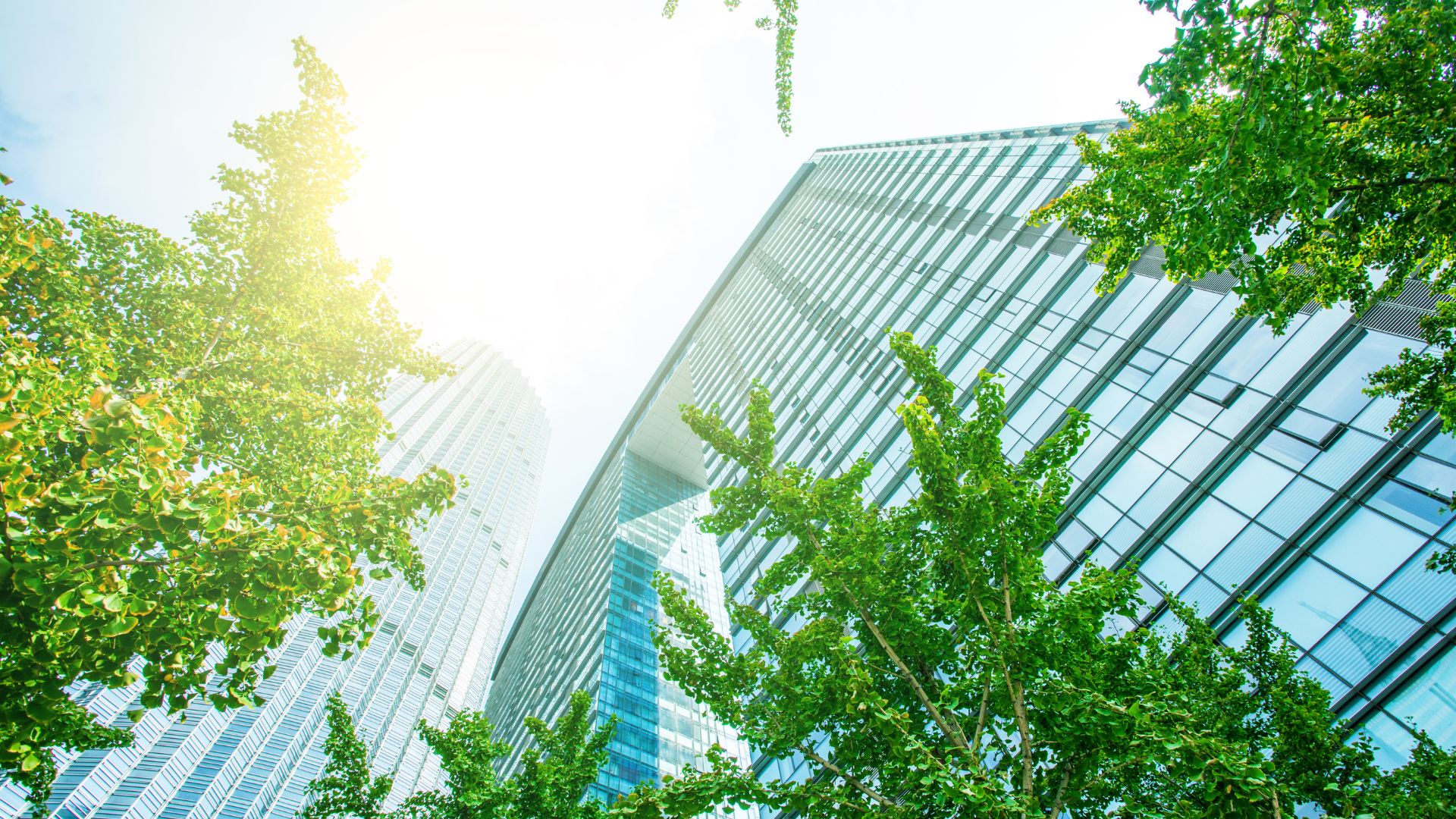
Sustainable real estate is gaining significant momentum, driven by a growing awareness of environmental concerns and a desire for healthier living spaces. This approach integrates environmental, social, and economic considerations into the development, construction, and operation of buildings. From energy-efficient designs to the use of renewable resources, sustainable practices are transforming the real estate landscape.
Energy Efficiency: A Cornerstone of Sustainability
Energy efficiency is a cornerstone of sustainable real estate. Buildings with high energy efficiency ratings consume less energy, reducing operational costs for owners and tenants while minimizing their environmental impact. This can be achieved through various strategies, including:
- High-performance building envelopes: Utilizing advanced insulation, high-quality windows, and airtight construction to minimize heat loss or gain.
- Efficient HVAC systems: Implementing energy-efficient heating, ventilation, and air conditioning systems, such as geothermal heat pumps or solar-powered systems.
- Renewable energy sources: Integrating renewable energy sources like solar panels or wind turbines to generate clean electricity on-site.
- Smart building technologies: Employing smart thermostats, lighting controls, and other technologies to optimize energy consumption based on occupancy and real-time data.
Water Conservation: A Crucial Resource
Water conservation is another critical aspect of sustainable real estate. In an era of increasing water scarcity, it is essential to minimize water consumption in buildings. Strategies for water conservation include:
- Low-flow fixtures: Installing low-flow toilets, showerheads, and faucets to reduce water usage.
- Water-efficient landscaping: Utilizing drought-tolerant plants and efficient irrigation systems to minimize water consumption for outdoor areas.
- Water harvesting systems: Collecting rainwater for irrigation or other non-potable uses.
- Graywater recycling systems: Recycling graywater (wastewater from sinks and showers) for non-potable uses such as irrigation.
Sustainable Materials and Construction Practices
The use of sustainable materials and construction practices is crucial for minimizing the environmental impact of the built environment. This includes:
- Locally sourced materials: Utilizing locally sourced building materials to reduce transportation emissions and support local economies.
- Recycled and reclaimed materials: Incorporating recycled and reclaimed materials such as recycled steel, wood, and concrete.
- Green building certifications: Pursuing green building certifications such as LEED (Leadership in Energy and Environmental Design) to ensure that buildings meet rigorous sustainability standards.
- Minimizing construction waste: Implementing strategies to minimize construction waste, such as careful planning and efficient material handling.
Creating Healthy Indoor Environments
Sustainable real estate also focuses on creating healthy indoor environments for occupants. This involves:
- Improving indoor air quality: Utilizing high-quality ventilation systems, low-VOC paints and finishes, and natural ventilation to improve indoor air quality.
- Providing access to natural light and views: Maximizing natural light and views to improve occupant well-being and reduce the need for artificial lighting.
- Creating green spaces: Incorporating green spaces such as rooftop gardens or courtyards to enhance the indoor environment and provide opportunities for outdoor recreation.
- Promoting healthy lifestyles: Offering amenities such as fitness centers, bike storage, and walking paths to encourage healthy lifestyles.
The Benefits of Sustainable Real Estate
Sustainable real estate offers numerous benefits, including:
- Reduced environmental impact: By minimizing energy consumption, water usage, and waste generation, sustainable buildings reduce their environmental footprint.
- Improved occupant health and well-being: Healthy indoor environments and access to green spaces contribute to improved occupant health and well-being.
- Increased property values: Sustainable buildings often command higher property values and attract a wider range of tenants.
- Reduced operating costs: Energy-efficient buildings and water conservation measures can significantly reduce operating costs for building owners.
- Enhanced brand image: Sustainable practices can enhance the brand image of building owners and developers, attracting environmentally conscious tenants and investors.
The Future of Sustainable Real Estate
The future of sustainable real estate is bright. As environmental concerns continue to grow and technology advances, we can expect to see even more innovative and sustainable building practices emerge. This includes:
- Net-zero energy buildings: Buildings that produce as much energy as they consume.
- Living buildings: Buildings that meet or exceed the highest standards of sustainability, generating more energy than they use and producing no net waste.
- Integration of smart technologies: Increased integration of smart technologies to optimize building performance and enhance occupant comfort.
- Increased focus on social and economic sustainability: A greater emphasis on social and economic sustainability, such as creating equitable access to affordable housing and supporting local economies.
Driving Sustainable Real Estate Development
Driving the adoption of sustainable real estate practices requires a multi-pronged approach, including:
- Government policies and incentives: Government policies and incentives, such as tax breaks and grants, can encourage the development of sustainable buildings.
- Investor demand: Increased investor demand for sustainable real estate investments can drive the development of greener buildings.
- Public awareness campaigns: Public awareness campaigns can educate the public about the benefits of sustainable living and the importance of supporting sustainable building practices.
- Collaboration among stakeholders: Collaboration among architects, engineers, developers, and other stakeholders is essential for successful sustainable real estate development.
Conclusion
Sustainable real estate is not just a trend; it is the future of the built environment. By embracing eco-friendly practices and prioritizing sustainability, we can create buildings that are not only environmentally responsible but also healthier, more comfortable, and more valuable for occupants and investors alike.
